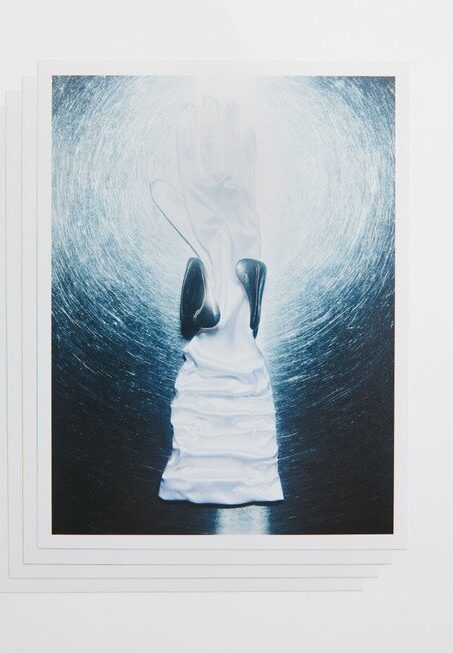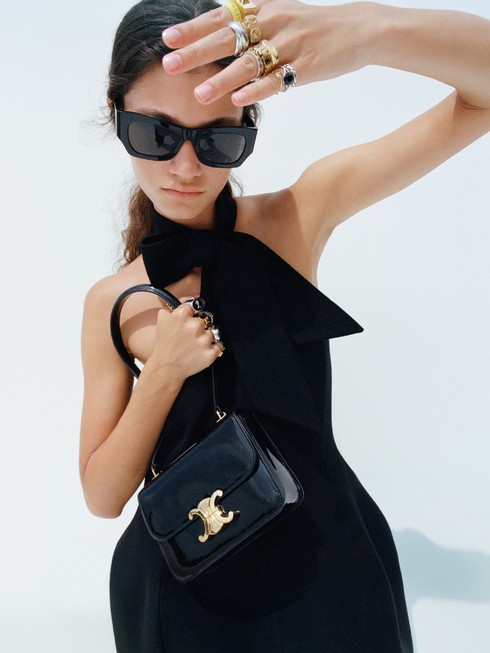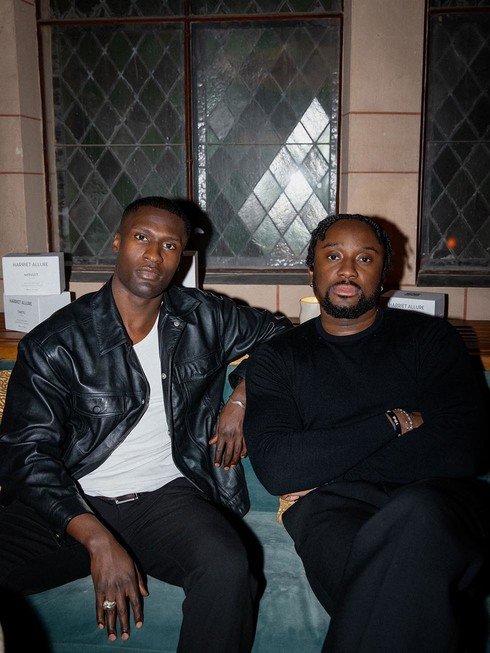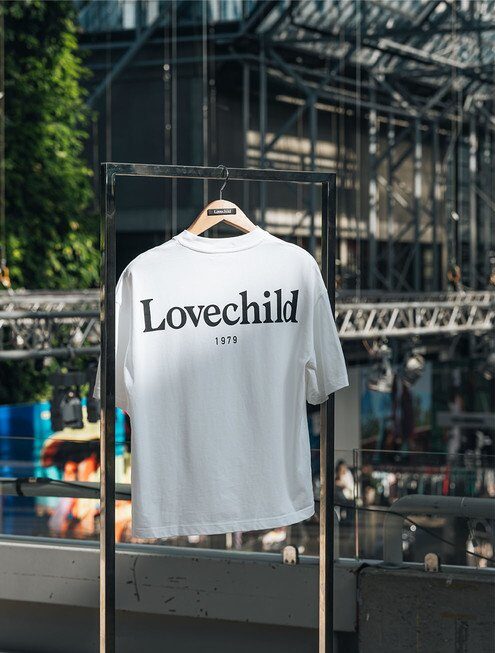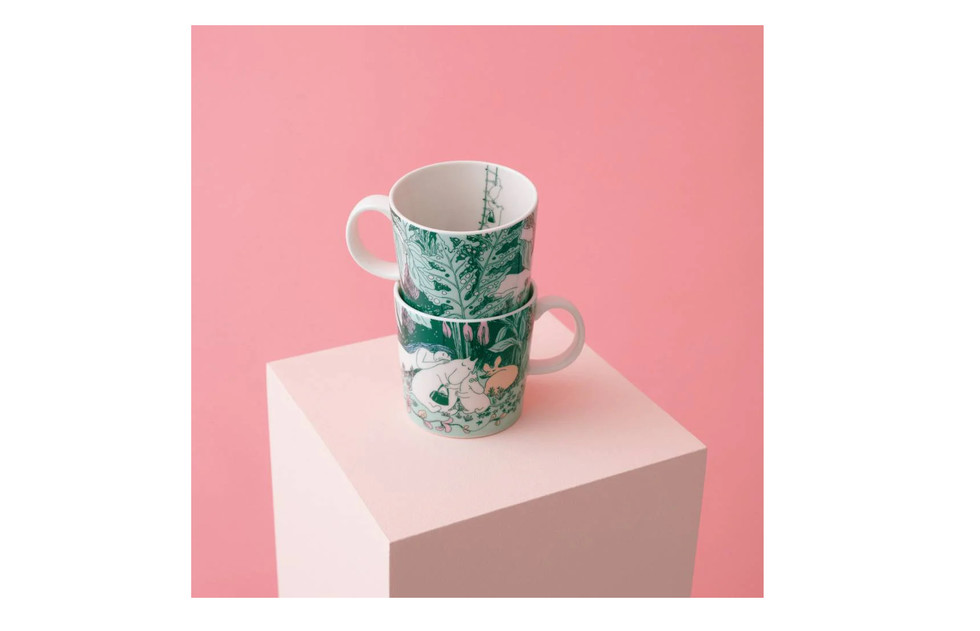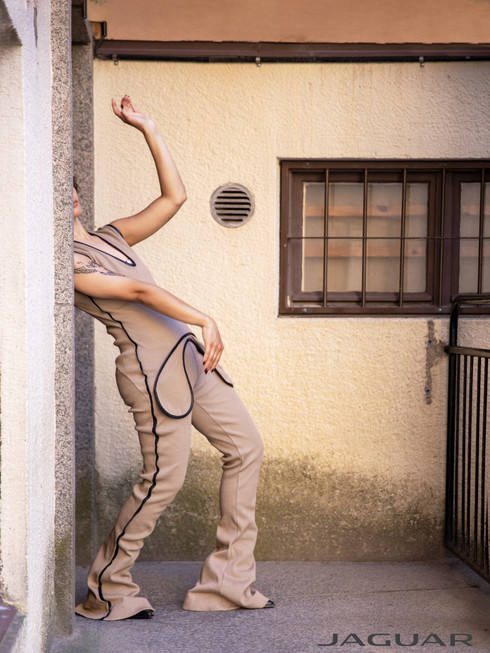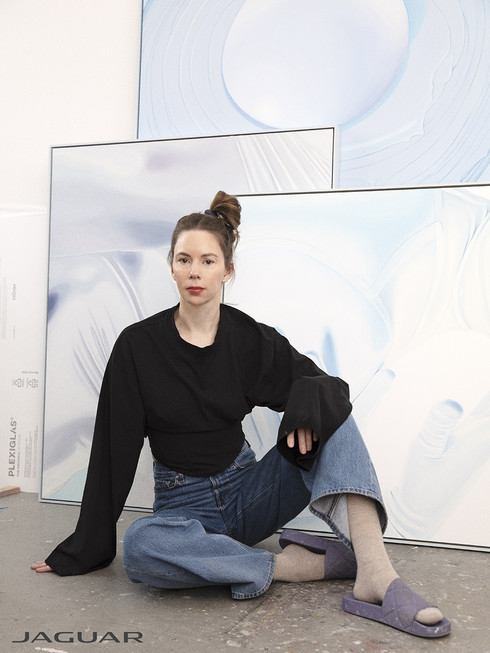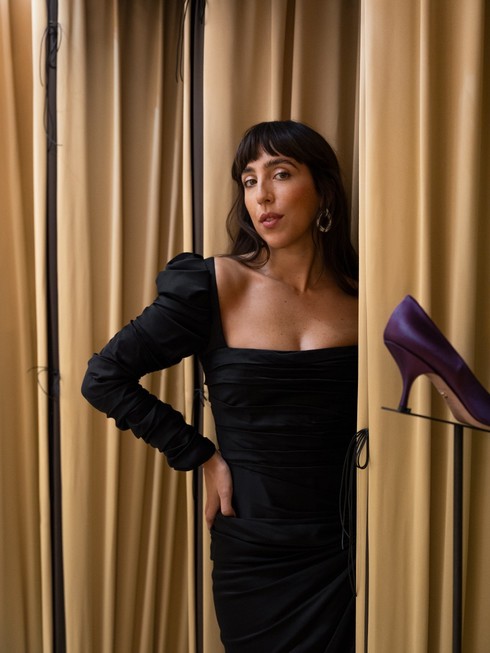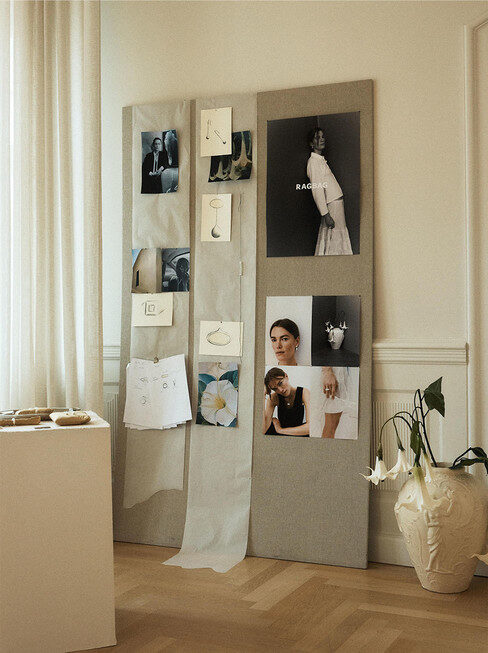Between Touch and Tension: A Conversation with Anna Camner text by Natalia Muntean “I’m not a creative person, I just like to paint,” says Anna Camner. A paradoxical statement that is bound to raise eyebrows, considering how Camner’s work vibrates with tension. For Camner, painting is an act of continuous distillation, of “narrowing it down to what feels meaningful,” the Swedish artist obsessing over miniature details and labouring until “there are no question marks anywhere.” While Camner believes “it’s a human need to be creative,” her process is far from effortless. Even after decades, it remains “extremely frustrating,” demanding monastic focus, a surrender to a “trance-like state of mind” she achieves through music. Camner’s canvases are defined by contradictions – control and abandonment, the synthetic and organic, the weight of light and the lightness of touch – a duality she will explore in her 2025 exhibition, ‘Weight of Light.’ Natalia Muntean: Early in your career, you painted hyper-detailed Gothic flora and fauna – bats, rats, poisonous plants. Now, your work is more abstracted, almost scientific. Was this shift intentional, or an organic shedding of layers? And what has it taught you about your artistic identity?Anna Camner: Shedding of layers captures it very well. I always had this urge to paint, but when I was young, it was more difficult. I didn’t have my voice yet, so I painted what was around me. I grew up outside Stockholm and spent a lot of time in the forest by the house, walking around, looking at little plants and stuff. For the first years I started painting, I was painting zoomed-in little leaves, plants and details of things happening in nature. With time, old patterns and art historical baggage have gradually fallen away, and I am going in a more personal direction. Now I like to look forward, into the future. I’m much more curious about the future than looking back into my childhood, or art history, or what other artists have done. Over the past twenty years, the process has become less about arriving at a fixed identity, I guess, and more about allowing things to evolve. Patterns emerge, but they do so slowly and without any set destination. NM: Why and when did this shift happen?AC: I’m not sure. I started to sneak in plastic at some point into the nature images – little bits of used plastic, or used condoms, into nature. I realised it was more interesting. Then I started doing plastic with bits of nature on it, like it had been lying outside and had little things stuck to it. It was a gradual transition, and I’m not sure why. It’s just a lot more interesting to try and figure out what’s going to happen in the future, especially with things changing so fast. NM: Where do you get inspiration?AC: The work itself is like an ongoing dialogue with myself. It’s continuous, a little bit like one painting after the other. Sometimes I always go back, like 10 paintings, and I want to return to certain topics, certain patterns. I like it when it’s more chaotic, I guess. But with some sort of a sense of order. But you can never predict what that order would be like. I’ve done those patterns every two years, maybe. Sometimes I return to some themes I’ve always been working with, and sometimes I find new directions. NM: Why do you think you go back to themes you’ve explored and to older paintings?AC: I don’t feel like I’m done. I can keep exploring it because I still find it interesting for the same reasons I always have. NM: Do you feel you need to excavate it until there’s nothing more to find?AC: No, I can build on it. I can keep building on it. NM: You work with this tension, the relationship between natural and synthetic materials – do these materials serve as a metaphor for human emotions or desires?AC:The layers on the bodies and faces amplify or hide gestures and expressions. I like to try to hide the obvious and expose the hidden. Hopefully, the viewer wants to fill in the blank spaces with their interpretations. Due to some sensory differences, the contrast between textures has become a bit of a fixation for me, and this finds its way into my work. When I paint, I often imagine the feeling of touching them. It’s like an obsession, especially with plastics and soft materials. I want to observe and show the different types openly and without assumptions. For me, materials are equal, with no hierarchy between natural and synthetic. It’s all part of the same world. NM: You also explore touch, both as sensation and communication. How do your paintings translate the intangible experience of touch into visual form?AC: A painting often starts with imagining how it would feel to touch a material. The layers of different materials become an intensified skin, offering a boosted sense of connection. I play a lot with gloves because hands are very expressive. Facial expressions can be a little overwhelming, but gestures with hands and body language are quite expressive. Especially with gloves, because if you drape something and have layers on the face or body, it’s both hiding parts but also enhancing gestures. NM: Do you paint your own hands, hands that you know or do you just imagine them?AC: Often my own. I have gloves of different materials in my studio – soft gloves, latex, different colours and some masks. I work with that. NM: After avoiding painting during Art School, what made you return to it?AC: In school, the noise of opinions made it hard for me to stay grounded. Painting requires a kind of vulnerability, and the criticism at school felt too intrusive at the time, so I stopped painting entirely. But I did lots of other stuff – animation, video, everything else but painting. As soon as I graduated, I started doing it again. And then I had to kind of start from the beginning because it was five years of not painting at all, and I had

